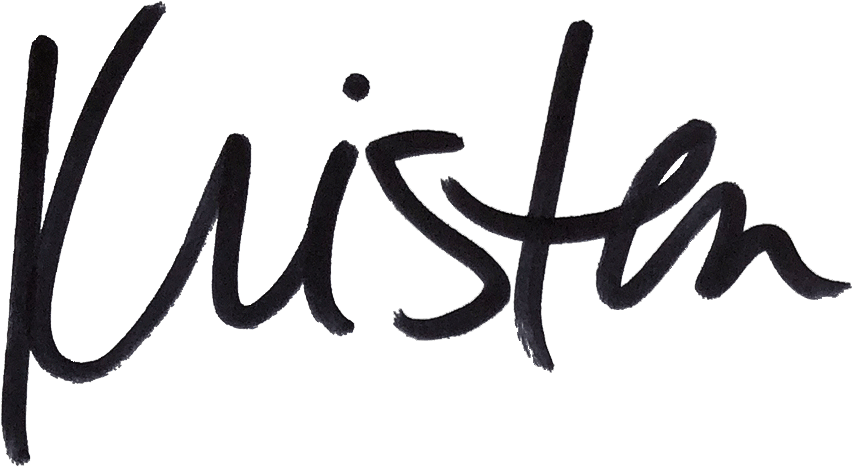A sale is a focused push to turn interested-in-your-business people into buying-from-your-business people. It comes down to a few basic principles, no matter what you’re selling.
Let’s get cracking’ on the two-step formula for holding a killer sale without breaking your brand, shall we?
1.) Make a single offer.
Just like an effective blog post, a good sales message will include a single offer.
“Ballerina flats are on sale!”
“Beach portrait sessions are now available!”
“Massages are buy one, get one half off!”
Short, sweet, to the point. Details of the offer must be shared at some point, but the main idea should be so simple that a 3-year-old can understand what’s on sale and how much it costs.
Again: the main idea of your sale should be so simple that a 3-year-old can understand what’s on sale and how much it costs.
Of course, your sale is not limited to a reduction in price! Incentives are the key to creating a sense of urgency without giving away the farm. (For my favorite article about this topic, click here.) You might offer a gift certificate to your own shop, a favorite local shop, or an extra Starbucks/Amazon/local gift card as an incentive for booking.
Stick with me if you’re in the “My work is never going on sale crowd” and I’ll pay extra-special attention to you in the example incentives. 😉
2.) Limit your sale by quantity or date.
A limited quantity of available items will help to add a sense of urgency to your promotion. As in, “What!? There are only 10 portrait sessions, 5 massages, or 15 car washes available? I’d better call/text/e-mail/buy!” The limited quantity approach is great for moving services, as it means you’re in charge of how quickly your calendar fills up. This promotional incentive is also great for filling in last-minute holes in your calendar!
A limited time frame for picking up your products means everyone who wants to partake in your offer can, as it’s not limited by quantity — they just have to get on the sales train at a time of your choosing. This is great for moving digital products and low-priced items. This is also the most common sales method you’ll see used by opening your newspaper or turning on the T.V.
Here are sample incentives built using this two-step formula:
The first three people to book a beach portrait session will receive a $25 gift certificate to Taffy Land!
Limited by quantity, and where Taffy Land is a local shop next to where your beach portraits are taking place!
The next five people to make a purchase in our online store will receive free shipping and a secret treat.
Limited by quantity, and where the treat is a handwritten note or a gift of your own imagining.
Each person who makes a purchase on Tuesday will receive free shipping!
Limited by date.
This exclusive portrait product is only available to those who book by xx.xx.2012!
Limited by date, and where the product is only available for purchase for a limited period. No reduction in price required!
Be one of the first ten to try our baby plan and receive an exclusive blanket from Tara’s Treats!
Limited by quantity, and where Tara’s Treats is a local retailer you simply adore.
Finally, please remember that sales and incentives for buying require a bit of advance notice.
Let’s use each iteration of the iPhone as an example. We all have to hear about the next (but really almost exactly the same) motherflaming iPhone for MONTHS, from keynote to first glimpse to techy blogs to news reports, before that puppy hit stores. If Apple requires a lead time of months, don’t expect your people to hop all over your shiz on thirty seconds’ notice.
Make references to your upcoming sale at least a week before it happens, and give people plenty of time to make arrangements if limited quantities are available. (‘Surprise! It’s a sale!’ only pisses off those people who work on Monday nights because they weren’t home to get your e-mail. Now there are no car wash spots left, and their mini van is dirty, and they can’t afford to buy a regular MegaWash, so they’re drinking a bottle of bourbon to drown their sorrows. OY.)
Brainstorm a sales message or incentive you can use in the next 30 days for your business, and then…you know, use it. 😉
P.S. From here, you’ll need to make a marketing calendar. It only takes 15 minutes!




